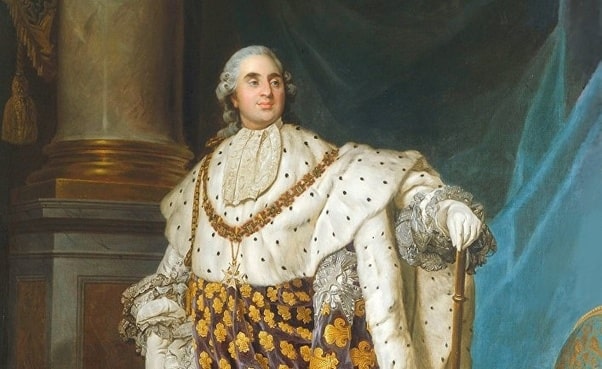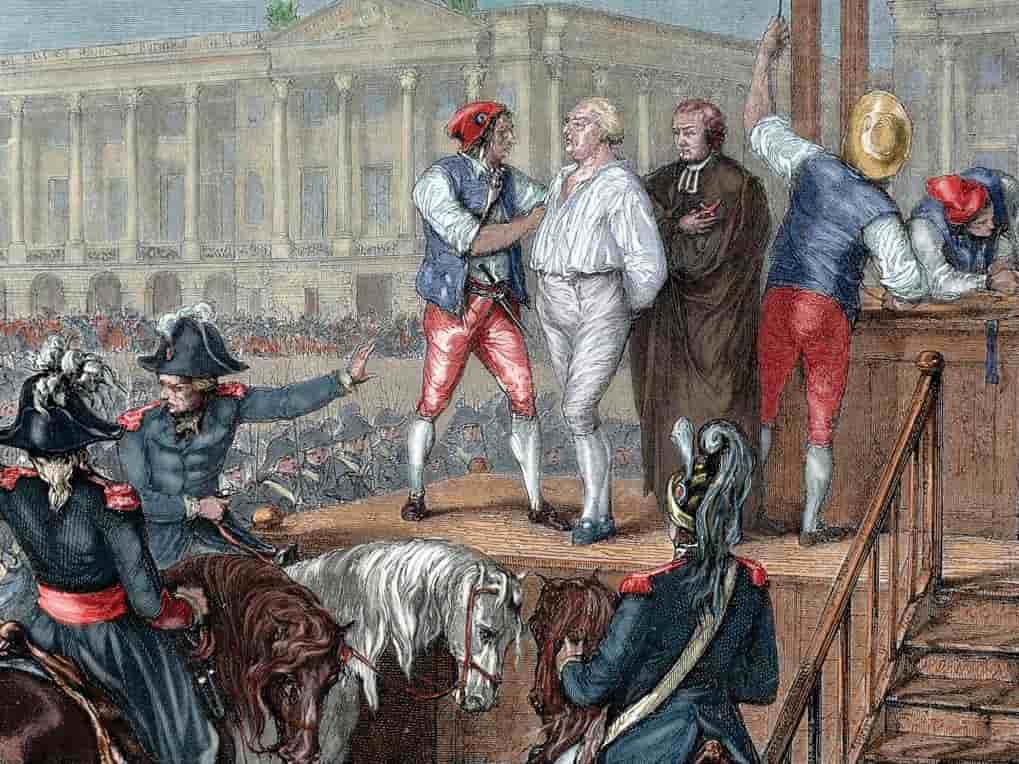What inspired the French revolution? Causes and spectacular events
French’s involvement and contribution to the American Revolution became higher and costly because of King Louis XVI and his precedents
The French Revolution was a watershed event in modern European history that began in 1789 and ended in the late 1790s with the ascent of Napoleon Bonaparte. The French citizens reconstructed the landscape by abolishing the new feudal system by clearing the old absolute monarchy. The poor economic policies and methods of King Louis XVI made a hole in the French monarchy which created discomfort and widespread discontent. Later the King and his wife Marie Antoinette were executed by guillotine. French Revolution played a critical role in shaping modern nations by making the nation believe about the living thoughts of people.
Causes of the French Revolution
During the 18th Century, French’s involvement and contribution to the American Revolution became higher and costly as King Louis XVI and his precedents spent jewels and money unnecessarily which led to a bankrupt condition of the country.
The Royal coffers started emptying, without paying the farmers, and the labourers stopped caring for the crops which resulted in the poor harvest for two decades. The country faced droughts and animal diseases at a massive stretch. The taxes were increased which the poor were unable to pay. They only managed to arrange bread for one. In 1786, Louis XVI’s controller general, Charles Alexandre de Calonne proposed a financial reform package that included a universal land tax from which the privileged classes would no longer be exempt.

Bastille
The French revolution was a period of major social, political, and economic crisis. The colonies developed in 1789 and ended in 1789. On 14th July 1789, a military fortress and political prison known as Bastille were stormed. Bastille was a prison designed to protect the entrance of Paris.
Read more: What happened on 13 July? History and famous personalities
The Day of National Assembly
During the National Assembly held on June 11, the king dismissed the popular minister Jacques Necker. The crowd started protesting and harassing the soldiers. They bu
rned various custom houses of Paris and began searching for food and arms.
The silent 14th July
On July 14, the crowd gathered around the Bastille with swords and muskets. The crowd demanded the surrender of King in prison and the releasing of the arms. After receiving the demand, Bernard- Rene Jordan de Launay, the military governor of the Bastille invited delegates for negotiation. But the crowd was violent and restless. They entered and started firing. Many attackers and defenders died in the chaos. Launay was seized and* was badly beaten. Many officers were killed by the crowd.
The white flag of surrender
Later, French Guards showed up and they were sympathetic to revolutionaries. Launay waved the white flag of surrender releasing prisoners from the Bastille. Four of them were accused of forgeries, two were considered as lunatics and one was jailed on the request of his own family. This day is known as Bastille Day. It is a public holiday in France celebrating the unity of the French people. Every year on this day, France’s tricolour flag is hosted, symbolizing liberty, equality, and fraternity, and the national anthem is sung.
Events occurred in the French Revolution.
Calls of the Estate Generals:
On May 5, 1789, King Louis XVI called forth the Estates-General together, at Versailles, for the first time after 1614; the people of France were together.
Tennis Court Oath:
On June 17, 1789, after being removed from the Estates-General, the Third Estate formed the National Assembly. They then swear to the Tennis Court saying that they will not leave until they have given France a constitution. This became to be called the Tennis Court Oath.
Storming Of the Bastille:
As the National Constituent Assembly continued to meet at Versailles, soldiers began to arrive in Paris. Also, Jacques Necker, director-general of the finances who was considered sympathetic to the common people, was dismissed by King Louis XVI. The Parisians interpreted these actions as an attempt toward shutting down the National Constituent Assembly. They responded by storming toward the Bastille fortress on July 14.
Abolition of Feudalism:
From 4-11th August 1789, the Constituent Assembly terminated the entire feudal system. It abolished both Manorialism of the Second Estate and the tithes gathered by the First Estate. Manorialism was an integral part of feudalism by which swains were adduced dependent on their land and on their lord.
Declaration of the Rights to Men:
On 26th August 1789, the Assembly published the Declaration of the Rights to men and of the Citizen, a charter of human liberties, containing the principles that inspired the French Revolution. The precept of the Declaration was that all “men remain free and equal in rights”. The constitution finally came into effect on September 30, 1791.
Women’s March on Versailles, October 5, 1789
Bad harvests in France had caused the price of flour to increase dramatically, which in turn raised the price of bread, the staple food of most French citizens. Many people in Paris were thus unfed and restive. On 5th October 1789, a large crowd of protesters, mostly women, began to assemble at Parisian markets. After getting unsatisfactory responses from city officials, the women marched from Paris to the Palace of Versailles. They were convinced that the royal family lived in luxury oblivious to the problems of the common people. They stormed the palace, killing several guards and demanded the king to “live among the people”. Louis XVI ultimately conceded to their demands and agreed to go to Paris with the mob.

Royal Flight to Varennes:
King Louis XVI became wary of the direction in which the French Revolution was heading and he feared the safety of his family. He ultimately decided to leave France and seek to stay in Austria. On the night of 20th June 1791, the royal family fled the Tuileries Palace dressed as servants with their servants dressed as nobles. However, the next day, the King was recognized by some commons, then arrested along with his family at Varennes and returned to Paris. He was then provisionally suspended by the Assembly and held under guard.
Execution of King Louis XVI:
King Louis XVI was charged with treason and found guilty on 15th January 1793. On January 21, he was driven through the streets of Paris to a guillotine and decapitated. Queen Marie Antoinette was also found guilty of numerous crimes on October 16 and guillotined the same day.
Read more: What happened on 9 July? History and famous personalities
The Reign of Terror:
Before the execution of Louis XVI, the Legislative Assembly had disbanded and replaced itself with a new political body named the National Convention. In March 1793, the National Convention created the Committee of Public Safety, whose role was to protect the newly established republic. The committee became the de facto the executive government in France during a period lasting from 5th September 1793 to 28th July 1794 and known as the empire of the Terror.
Coup D‘état of 18th Brumaire:
After the fall of Robespierre, the National Convention approved the new ‘Constitution of the Year III’ on 22nd August 1795. The new constitution created the Directory. The executive power was placed in the hands of the five members of the Directory. Then on 9–10 November 1799, the five directors were ousted and replaced by the ‘consuls’- the famous military leader Napoleon Bonaparte, director Emmanuel Joseph Sieyes, and politician Roger Ducos. This coup, known as the Coup of 18th Brumaire, referring to the date according to the revolutionary calendar, is regarded by many as the end of the French Revolution.
For more such informative articles stay tuned to OWN Guru.
